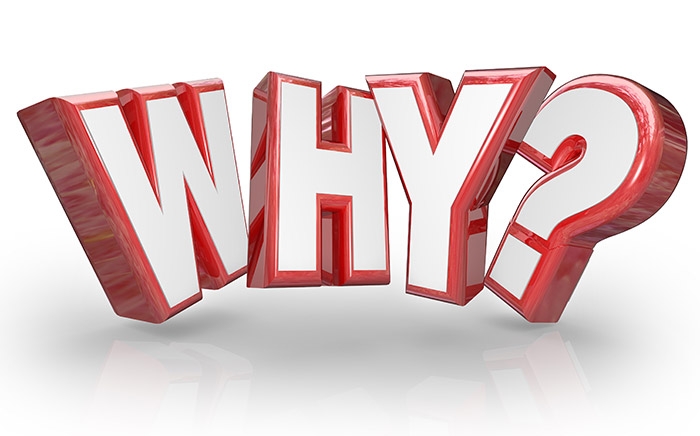DIY Wheel Alignment: Step-by-Step Guide for Accurate Results at Home
Introduction: Why DIY Alignment Matters
Proper wheel alignment is crucial for vehicle safety, tire longevity, and optimal handling. When your wheels are misaligned, you may notice uneven tire wear, a steering wheel that pulls to one side, or diminished fuel efficiency. Professional alignments are often recommended, but you can perform a basic alignment at home with careful measurement and attention to detail. This article provides in-depth, actionable steps for a do-it-yourself alignment, focusing primarily on the toe adjustment-the most accessible aspect for most vehicle owners.
Understanding Alignment: Key Concepts
Alignment refers to the angles at which your wheels contact the road. The three main settings are toe, camber, and caster:
- Toe describes whether the front of the tires point inward (toe-in) or outward (toe-out) when viewed from above.
- Camber is the tilt of the wheels inward or outward at the top.
- Caster relates to the angle of the steering axis when viewed from the side.
DIY alignment typically focuses on toe, as camber and caster often require specialized equipment and are less likely to be adjustable on modern vehicles without aftermarket parts [5] .
Tools and Materials Needed
To perform a DIY alignment, you will need:
- Jack and jack stands or ramps (for lifting the vehicle safely)
- Measuring tape or ruler (preferably metric for accuracy)
- String, rope, or laser alignment tools
- Wrenches and pliers (for adjusting tie rods)
- Chalk or paint marker (for marking tire tread)
- Car owner’s manual or access to your vehicle’s alignment specifications
These items are affordable and commonly found in home garages. The string method is popular for its simplicity and accuracy when performed carefully [1] .
Preparation: Setting Up for Success
Begin by ensuring your car is on a level surface and your tires are properly inflated. If possible, perform the alignment with the car weighted as it would be during normal driving-some enthusiasts even sit in the driver’s seat or add equivalent weight to the seat during adjustments. Consult your owner’s manual or a verified manufacturer database for your vehicle’s recommended toe settings.
Before making any changes, check for worn or damaged suspension components, such as tie rods, bushings, or ball joints. If any parts are loose or damaged, replace them before proceeding with alignment.
Step 1: Setting Up a String Alignment System
The string method remains a gold standard for home alignments. Here’s how it works:
- Tie a string or thin rope tightly along each side of your vehicle, parallel to the car’s centerline. The string should pass through the center of both the front and rear wheels at hub height.
- Use jack stands, bricks, or other stable supports to hold the strings in place. Measure from the car’s body or wheel hubs to ensure the strings are equidistant from the vehicle’s center on both sides.
- Roll the car slightly back and forth to settle the suspension before taking measurements [4] .
This setup allows you to measure the toe angle with remarkable accuracy at home, provided the string is truly parallel to the car’s axis.
Step 2: Measuring and Calculating Toe
With the strings in place, use a ruler to measure the distance from the string to the edge of the front and back of each front tire. The difference between these two measurements indicates your current toe angle. For most vehicles, a slight toe-in (front of the tire closer to the string than the rear) is recommended for stability.
To convert the manufacturer’s specification (often given in degrees) into a measurement you can use, apply this formula:
max distance = tan(toe angle in degrees) × wheel diameter
For example, if your wheel diameter is 381mm (15 inches) and your desired toe-in is 0.12 degrees:
max distance = tan(0.12) × 381mm ≈ 0.8mm
This means the front of the wheel should be about 0.8mm farther from the string than the rear for each wheel [1] .
Step 3: Adjusting the Toe
Locate your vehicle’s tie rods, which connect the steering rack to the wheels. To adjust toe:
- Loosen the lock nuts on the inner or outer tie rods using a wrench.
- Rotate the tie rod (usually by turning the rod itself or a threaded sleeve) to either pull the front of the tire inward (more toe-in) or push it outward (more toe-out). Make small adjustments, then re-tighten the lock nuts temporarily.
- Re-measure the distances between the string and the front/rear of the tire. Repeat the process until the desired toe is achieved on both sides.
- Once satisfied, tighten the lock nuts fully. Recheck your measurements to ensure nothing shifted during tightening [2] .
Take care not to move the steering wheel off-center during adjustments. Keep both front wheels straight and double-check by sighting down the vehicle or referencing the steering wheel position [3] .
Step 4: Final Checks and Test Drive
Before finishing, ensure both front wheels are straight and the steering wheel is centered. Roll the car back and forth a few feet to allow the suspension to settle, then re-measure to confirm your settings. Once satisfied, take the vehicle for a short, cautious test drive.
Pay attention to steering behavior, straight-line tracking, and any unusual noises. If the car pulls to one side or the steering wheel is off-center, recheck your measurements and repeat the adjustment process as needed. Remember, home alignment is best for basic toe settings; for camber, caster, or complex vehicles, a professional alignment remains the most precise solution [5] .
Alternative Methods and Tips
Some enthusiasts use toe plates or alignment tools, which can simplify the process. Toe plates are flat metal pieces that stand against the wheel, allowing you to measure the toe directly with a tape measure. Alternatively, scribing a line on the tire tread with chalk and measuring the distance at the front and back of the tires can yield accurate results for vehicles with accessible tread patterns [5] .
If you have access to a local car club or community garage, consider seeking advice or borrowing alignment equipment. Many experienced hobbyists are willing to share tips and help newcomers avoid costly mistakes.
When to Seek Professional Help
DIY alignment is practical for adjusting toe on vehicles with simple suspension setups or after minor repairs. However, if your vehicle has adjustable camber and caster, or if you suspect bent suspension components, it is best to consult a professional alignment shop. Professional shops use laser-guided equipment and can achieve precise, four-wheel alignment, particularly important after collisions or major suspension work.
To find a reputable alignment shop, search online for reviews, ask for recommendations from local automotive communities, or visit the official websites for national chains and certified service centers. Always confirm that the business is accredited and employs certified technicians.

Source: speed.academy
Key Takeaways and Safety Notes
Performing a DIY alignment can save money and provide valuable mechanical skills. Follow these best practices for success:

Source: speed.academy
- Work on a level surface and use proper safety equipment.
- Double-check all measurements and calculations.
- Use small incremental adjustments for precision.
- Do not attempt repairs if you are unsure about any step-safety is paramount.
- After any alignment, monitor tire wear and handling for several days and recheck your work if issues arise.
For the most accurate, lasting results, consider DIY alignment as a temporary or learning solution and follow up with a professional service when possible.
References
- [1] Instructables (n.d.). DIY Precise Alignment (Toe-in): Step-by-step guide for home alignment.
- [2] YouTube (2020). How to do an alignment on a car at home using only a tape-measure.
- [3] YouTube (2014). How to Perform a Front End Alignment Yourself – Easy and Free.
- [4] Speed Academy (2014). DIY Wheel Alignment: It’s Easier Than You Think!
- [5] Hagerty Media (2020). Low-cost tricks for a DIY alignment.
MORE FROM hotondeals.com













